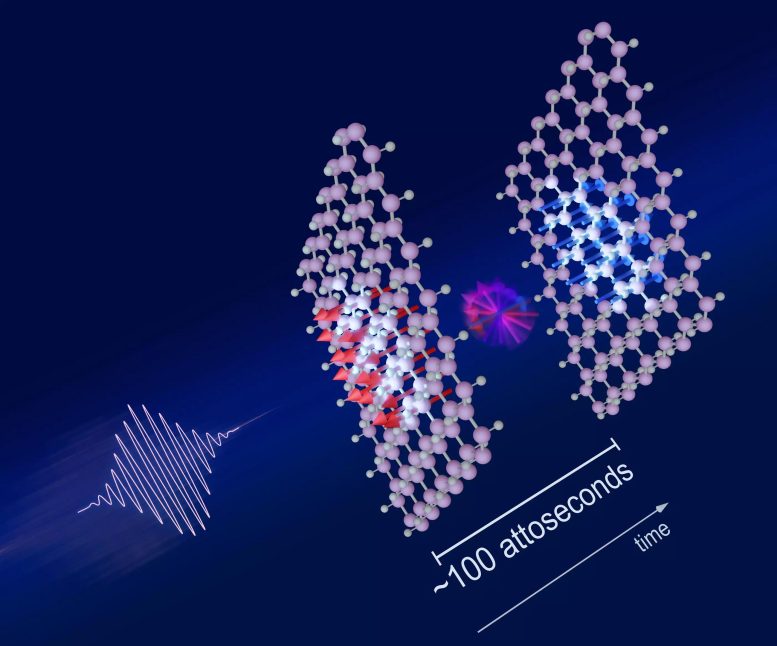
An intense laser pulse is shone onto the material, inducing ultrafast spin flipping processes that occur on a timescale of ~100 attoseconds. Credit: © J. Harms, MPSD
Intense laser light can create attosecond magnetism in solids with heavy atoms, offering new insights into magnetization and potentially enabling ultrafast memory devices.
Intense laser light can induce magnetism in solids on the attosecond scale – the fastest magnetic response to date. That is the finding reached by theoreticians at the MPSD, who used advanced simulations to investigate the magnetization process in several 2D and 3D materials. Their calculations show that, in structures with heavy atoms, the fast electron dynamics initiated by the laser pulses can be converted to attosecond magnetism. The work has been published in the journal npj Computational Materials.
The team concentrated on several benchmark 2D and 3D material systems, but the results apply to all materials that include heavy atomic constituents. “The heavy atoms are especially important, because they induce a strong spin-orbit interaction,” explains lead author Ofer Neufeld. “This interaction is key to converting the light-induced electron motion into spin polarization – in other words, into magnetism. Otherwise, light simply doesn’t interact with the electrons’ spin.”
Just like tiny compass needles, electrons can also be imagined as having an internal needle that points to some direction in space, e.g. ‘up’ or ‘down’ — the so-called ‘spin’. Each electron’s spin direction depends on the chemical environment around it, for instance, which atoms it can see and where other electrons are. In non-magnetic materials, the electrons spin equally in all directions. In contrast, when the individual electrons’ spins align with each other to point in the same direction, the material becomes magnetic.
The theoreticians set out to investigate what magnetic phenomena can occur when solids interact with intense linearly-polarized laser pulses, that typically accelerate electrons on very fast timescales inside matter. “These conditions are fascinating to explore, because when the laser pulses have a linear polarization, they are typically believed not to induce any magnetism,” says Neufeld.
Unexpectedly, their simulations showed that these particularly powerful lasers do magnetize materials, even though the magnetism is transient – it lasts only until the laser pulse is turned off. The most remarkable finding, however, concerned the speed of this process: The magnetization evolves on extremely short timescales, less than 500 attoseconds – a prediction for the fastest magnetic response ever. An attosecond is a quintillionth of a second (1×10−18 of a second). For scale, a single attosecond is to one second as one second is to about 32 billion years.
Using advanced simulation tools to explain the underlying mechanism, the team showed that the intense light flips the electrons’ spins back and forth. The laser effectively accelerates the electrons in circular-like orbits in the space of a few hundred attoseconds. These strong spin-orbit interactions then align the spin directions. The process can be imagined as a bowling ball sliding across a surface which then starts to roll: In this analogy, the light pushes the ball around, and the spin-orbit interactions (a force arising from the nearby heavy nuclei as the electron orbits around it) cause it to roll back and forth, magnetizing it. Both forces act together to get the ball rolling.
The results offer fascinating new insights into the fundamentals of magnetization, says Neufeld: “We found that it’s a highly nonlinear effect which can be tuned by the laser’s properties. The results hint, though don’t unequivocally prove, that the ultimate speed limit for magnetism is several tens of attoseconds, because that’s the natural speed limit of electronic motion.”
Understanding these light-induced magnetization processes at their fundamental level in a range of materials is a crucial step towards the development of ultrafast memory devices and changes the current understanding of magnetism.
Reference: “Attosecond magnetization dynamics in non-magnetic materials driven by intense femtosecond lasers” by Ofer Neufeld, Nicolas Tancogne-Dejean, Umberto De Giovannini, Hannes Hübener and Angel Rubio, 23 March 2023, npj Computational Materials.
DOI: 10.1038/s41524-023-00997-7

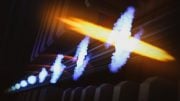
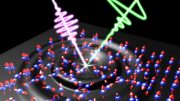
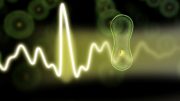

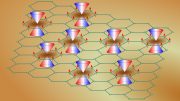

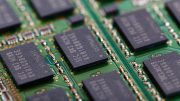
Be the first to comment on "Ultrafast Magnetism: Intense Lasers Magnetize Solids Within Attoseconds"